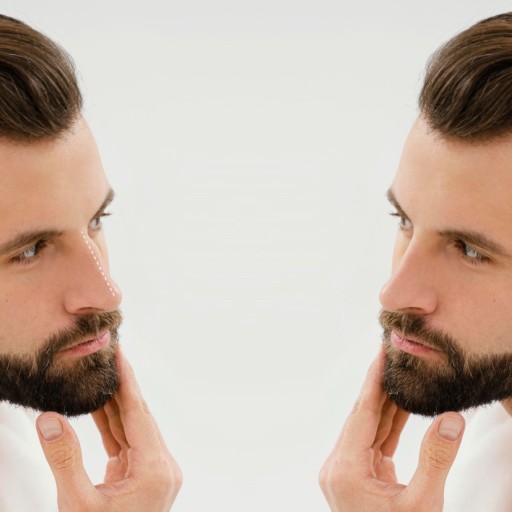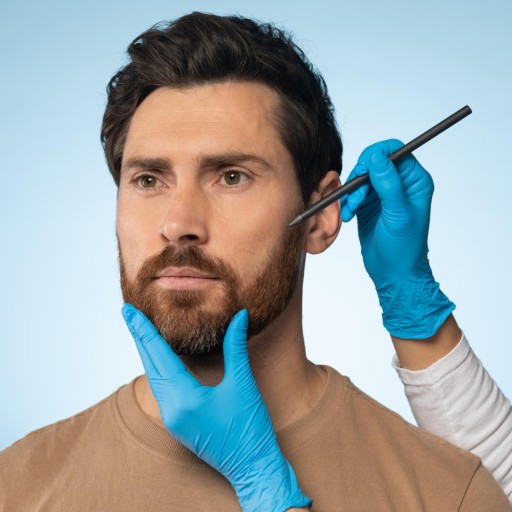Beard Transplant
2 results foundBeard Transplant
A beard transplant is a cosmetic surgery procedure performed to give a patient a fuller and better-shaped beard. This kind of surgery is especially useful for those who have thinning or patchy facial hair, or for those who find it hard to grow a beard from scratch. Here is in-depth insight into beard transplants, including what a patient can expect from the procedure, benefits, and considerations.
What is a Beard Transplant?
In a beard transplant, hair follicles are taken from one part of the body, usually the rear of the head, and transplanted to a facial area where one may desire a full beard. This is adopted from normal hair transplant to the scalp, and each is then modified suitably to work in the facial hair region.
Consultation
The first process in a consultation related to the beard transplant is the checking of the growth pattern and expectation with a surgeon qualified for the operation. After these consultations, the doctor or the patient decides on the best way forward for that transplant.
Preparation
The patient's hair and the area on which the beard will be transplanted are prepped and cleaned. Then, local anesthetic is applied to the areas that are going to be part of the process, making the patient completely comfortable during the overall process.
Therefore, by harvesting hair follicles, a surgeon would remove hair from a donor area, typically from the back of the head, where it would generally be sturdier and less affected by the genes that cause hair loss. There are 2 main methods to use for harvesting hair follicles:
FUE, otherwise known as Follicular Unit Extraction: This method simply gives away individual hair follicles, one by one, with the use of this highly specialized instrument. It results in very little scarring and can be recovered from very quickly.
Follicular Unit Transplantation (FUT): A strip of scalp with hair follicles is excised; subsequently, the individual follicles are extracted and transplanted into the beard region. This can lead to a linear scar but is usually recommended for larger areas of transplantation.
Implantation
The collected follicles are then implanted carefully into the recipient area of the beard. Here, the surgeon makes tiny cuts to plant the follicles in such a way that they are oriented correctly and the growth pattern looks highly natural.
Recovery
Patients may experience a slight swelling and redness with slight pain in the recipient area post-procedure. Recovery time varies with every patient. However, in general, there is a few days up to a week of initial healing followed by progressive healing over some weeks. Optimal results with good postoperative care and instructions.
Special Benefits of a Beard Transplant
Improved aesthetics
A properly done beard transplant will improve facial hair by adding much definition to a beard.
Highly Natural Results
A beard transplant, when conducted by a surgical professional or experienced surgeon, will guarantee you highly natural results that cannot be distinguished from the other facial hair.
Augmented Self-Esteem
Attaining an acquired appearance of a beard will highly enhance self-esteems and confidence on a high level, ensuring that one is satisfied with their appearance.
Permanent Solution
Unlike the current temporary solutions, like beard growth products, through a beard transplant, the hair follicles are moved and will continue to grow across time, hence providing a permanent solution.
A beard transplant can prove to be a life-changing procedure for one desiring more volume and definition in their beard. One can gain the opportunity to decide wisely for earning an improved facial hair appearance with an understanding of the procedure, benefits, and considerations for getting a beard transplant. The first step for a successful beard transplant that provides satisfying, natural-looking results is a consultation with a qualified surgeon.


